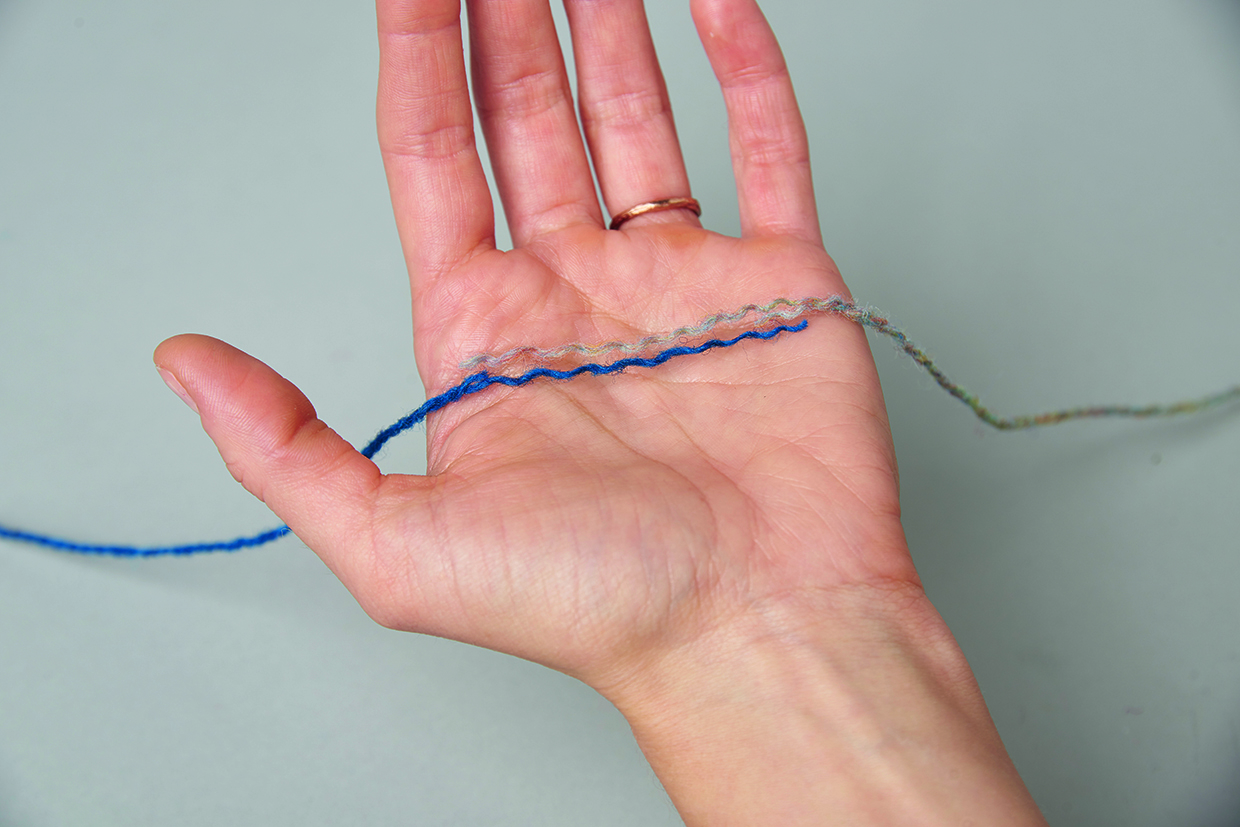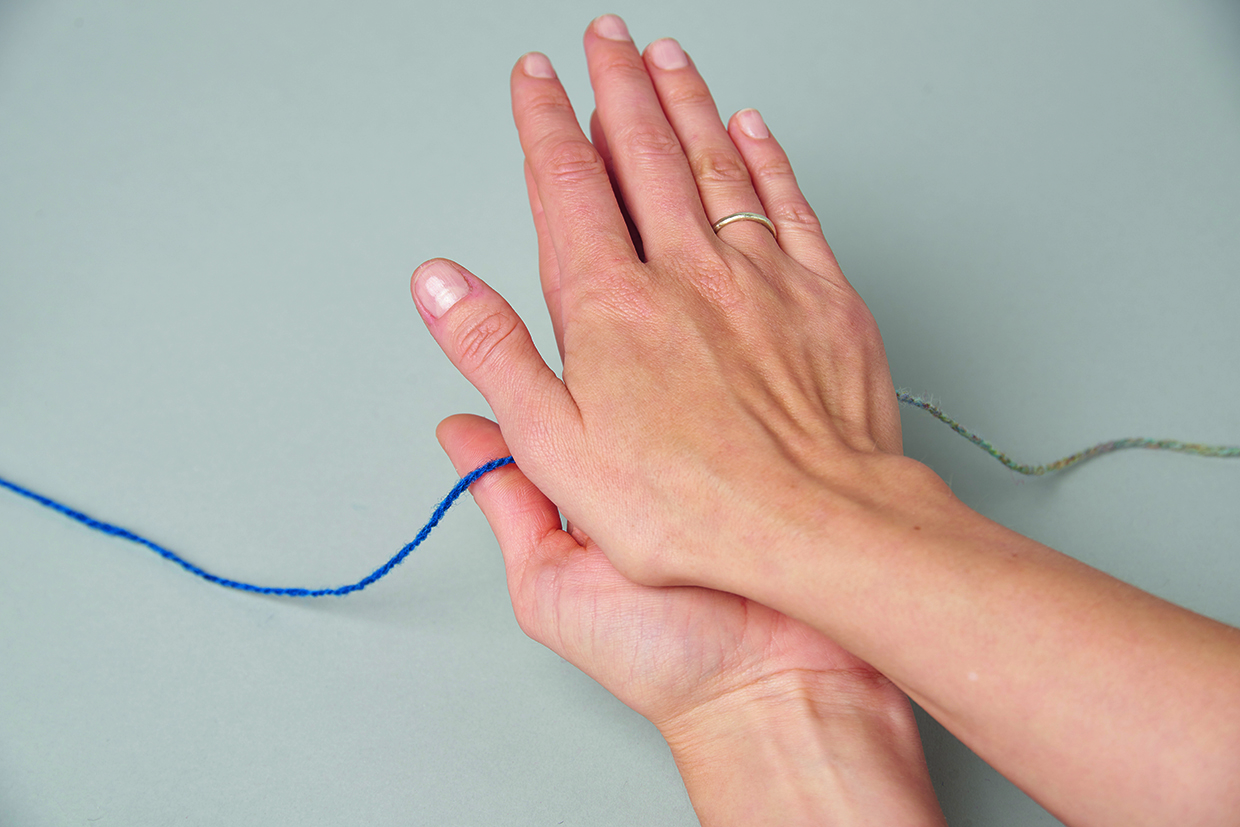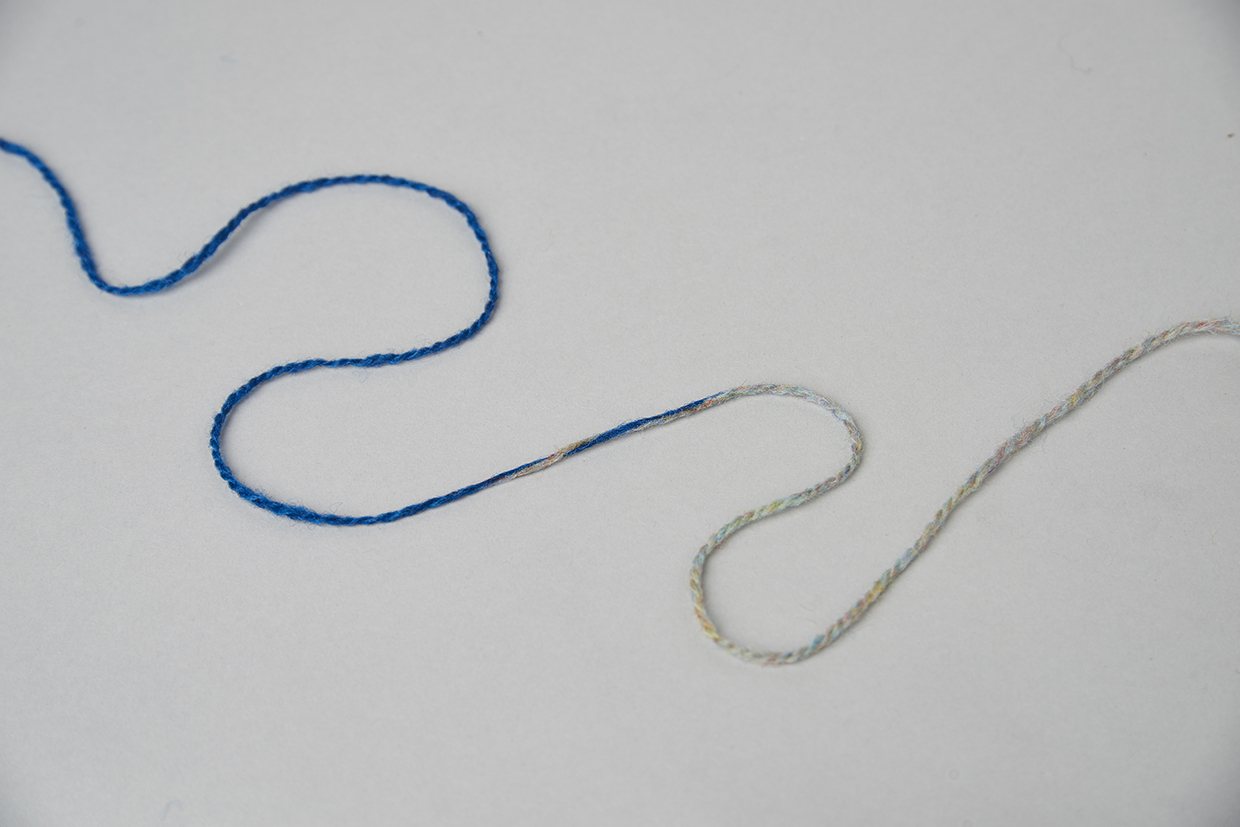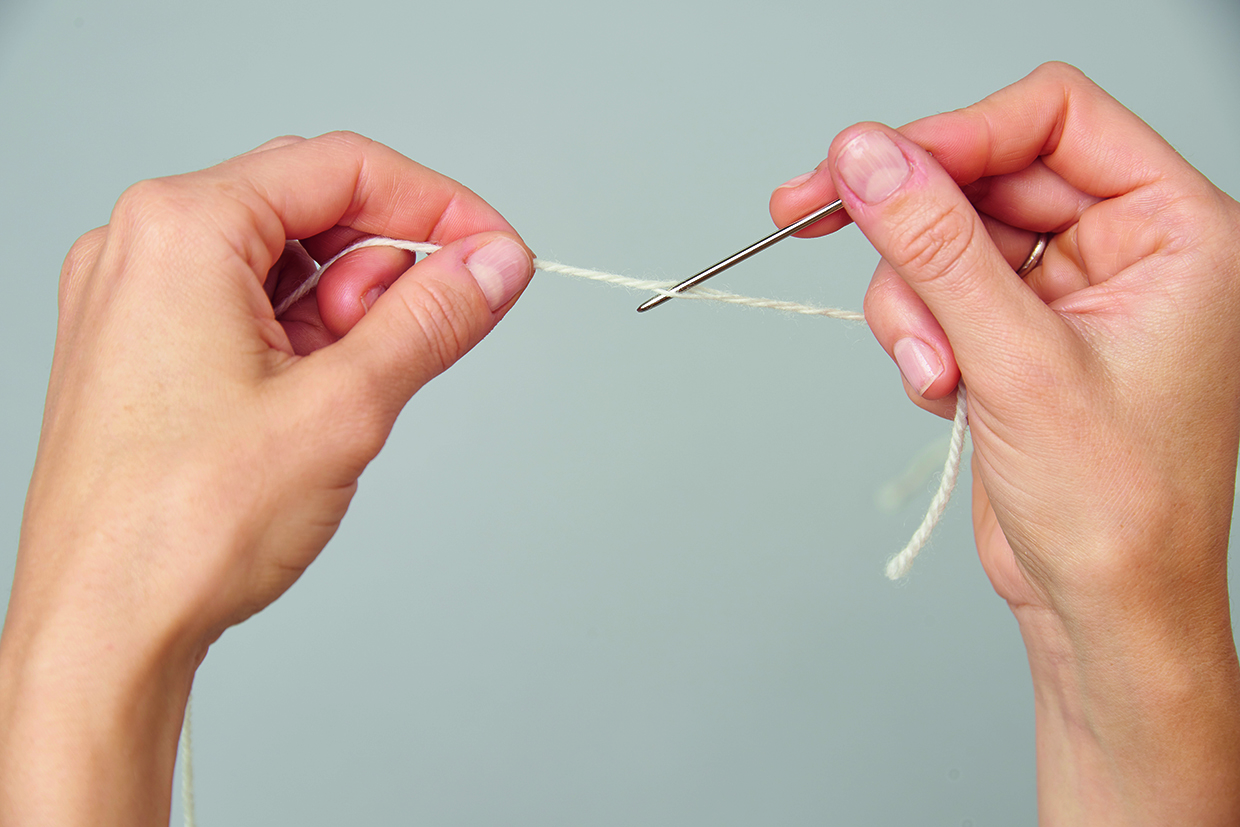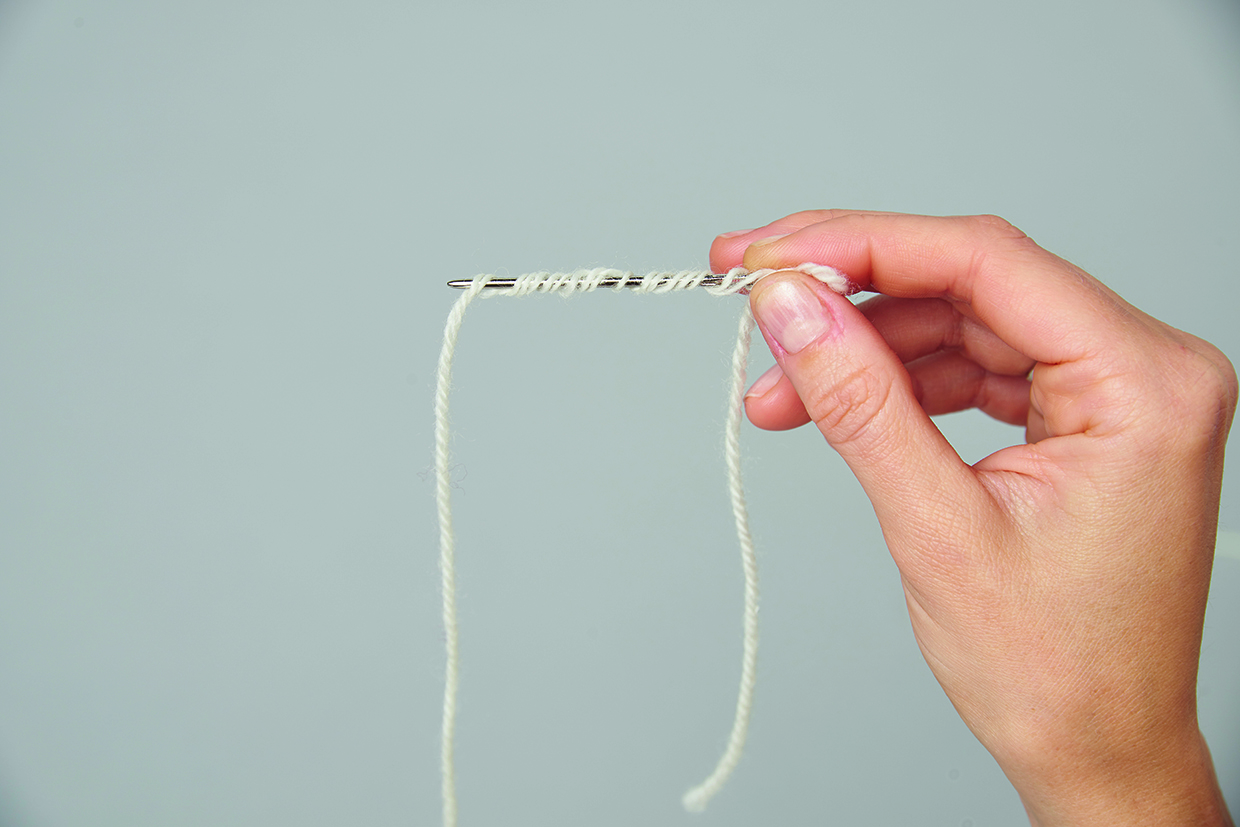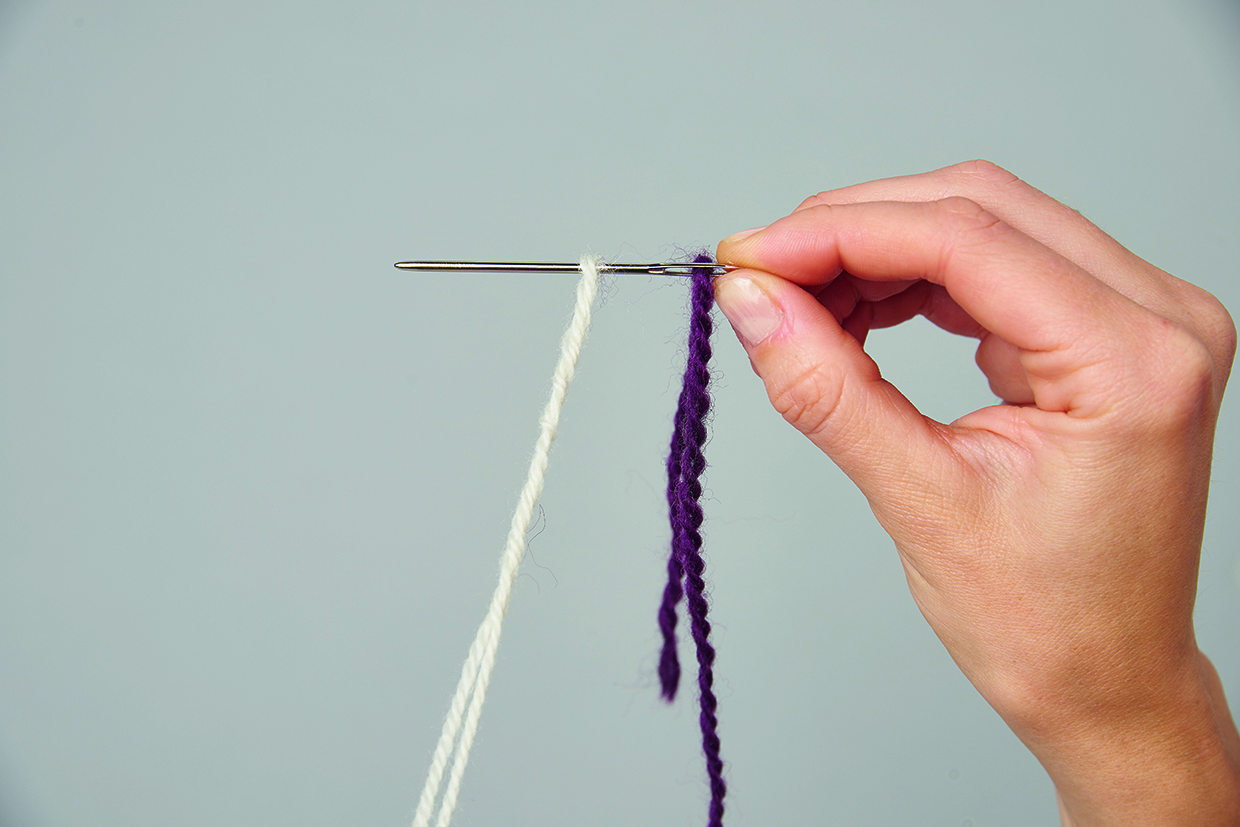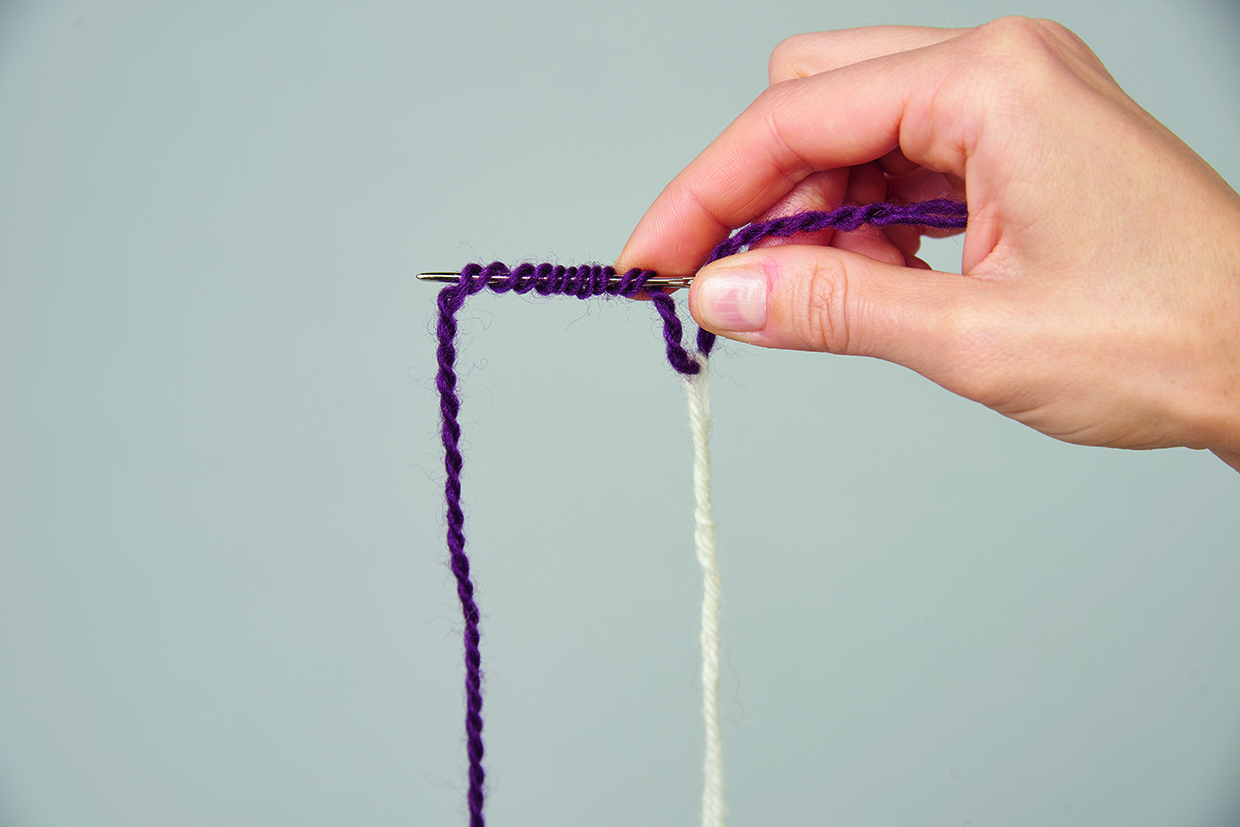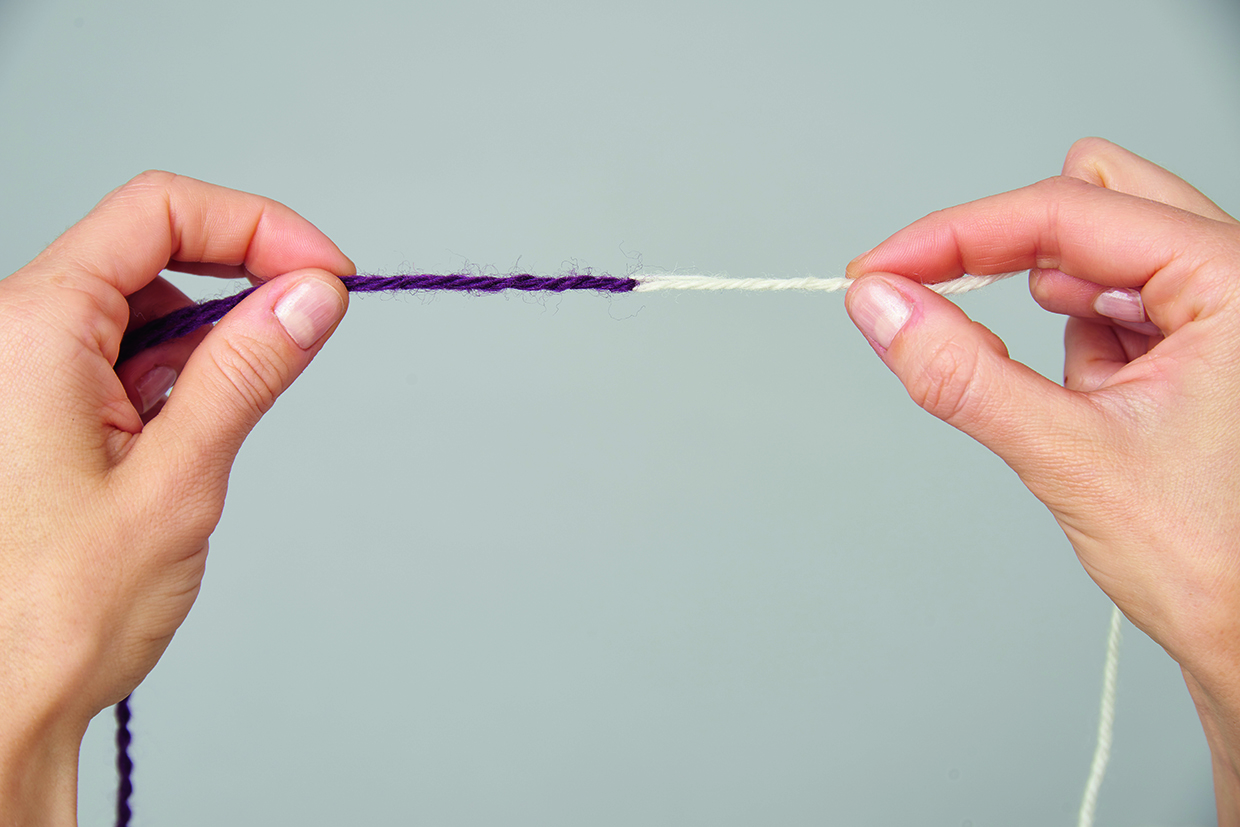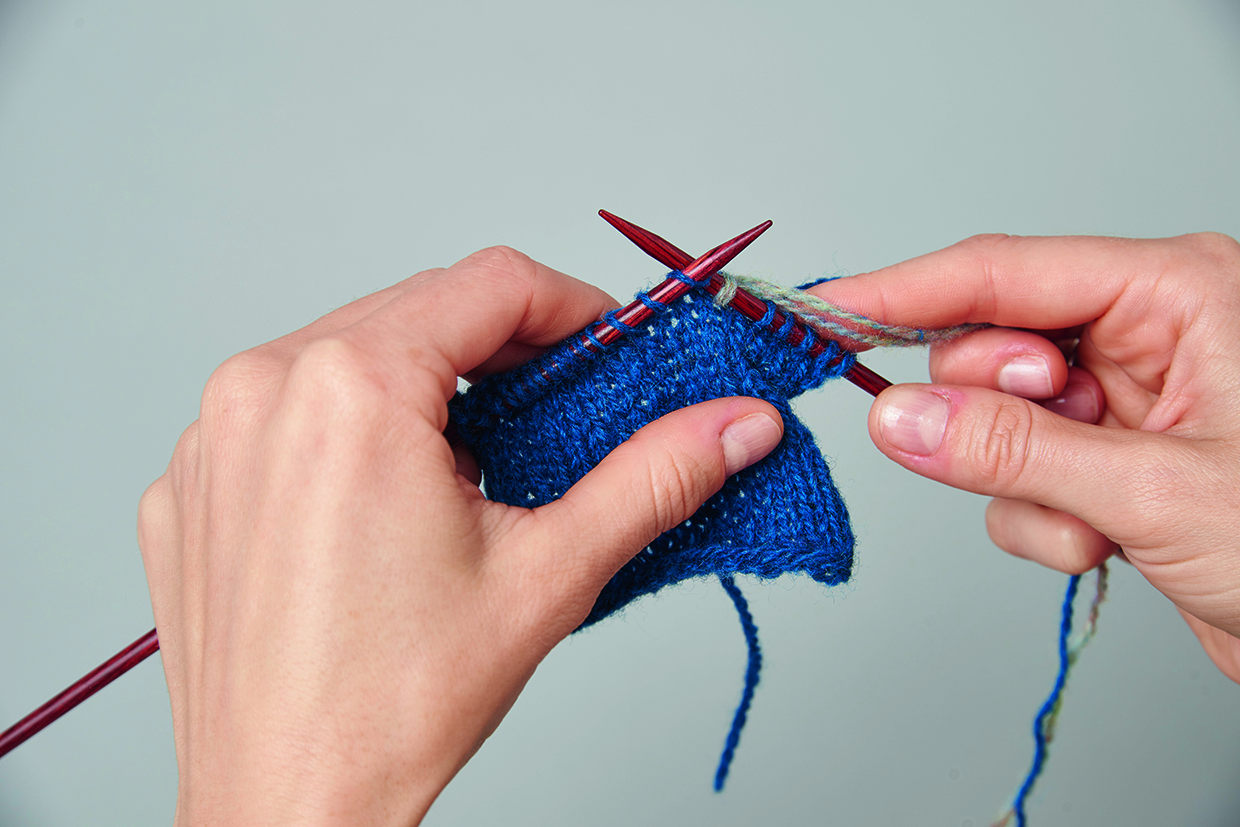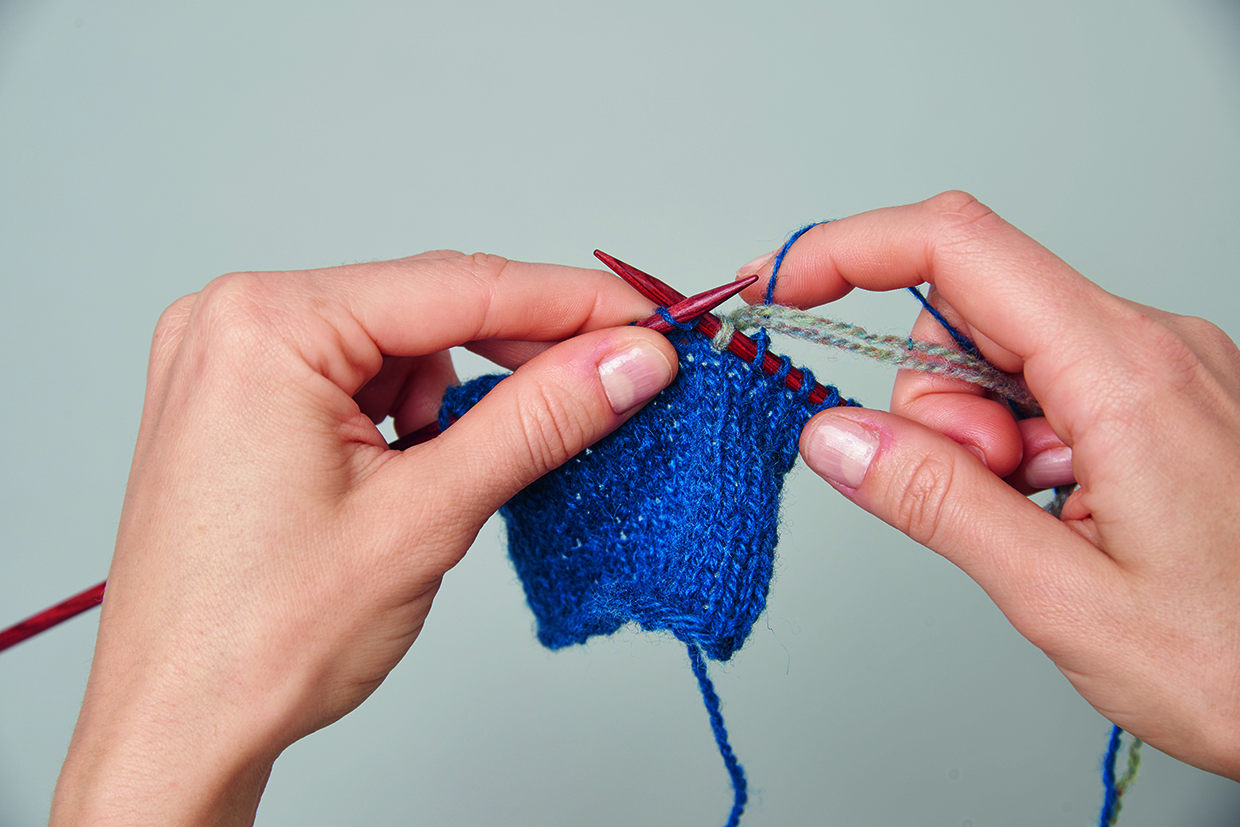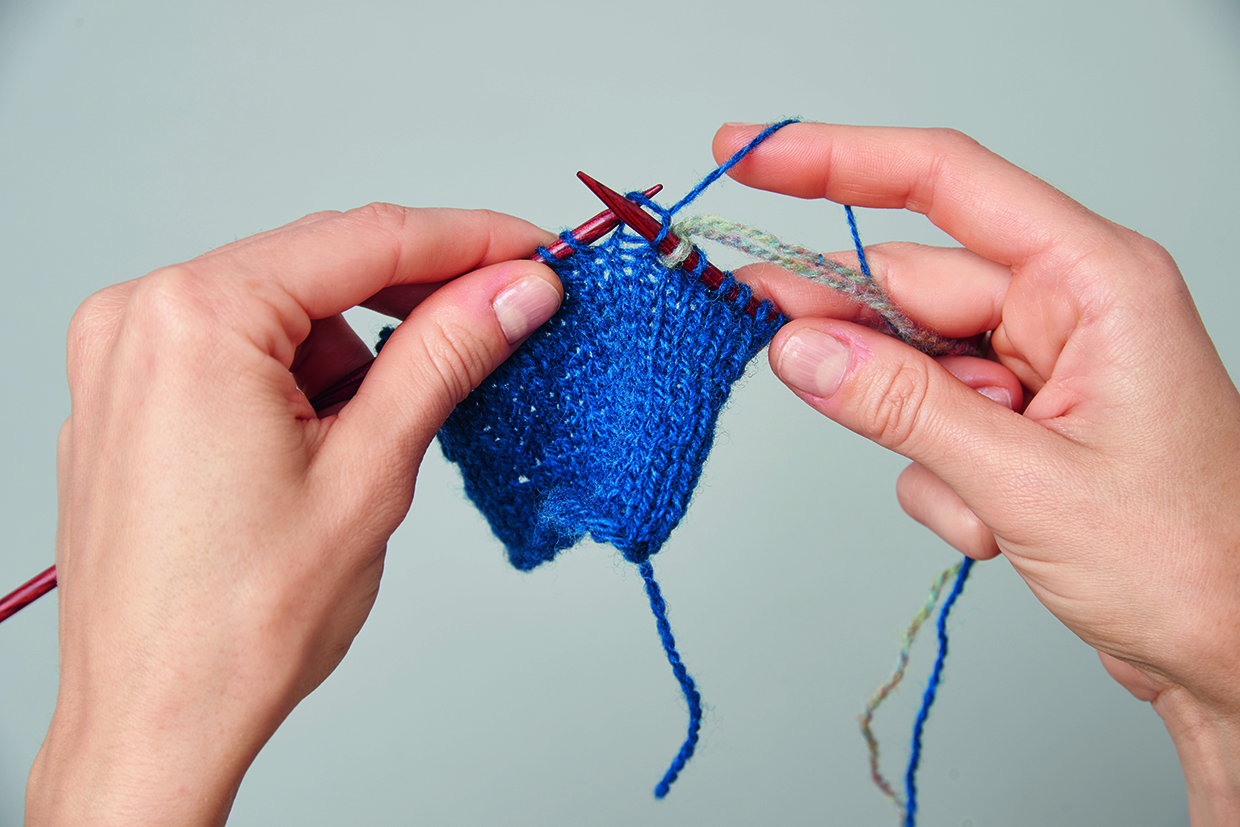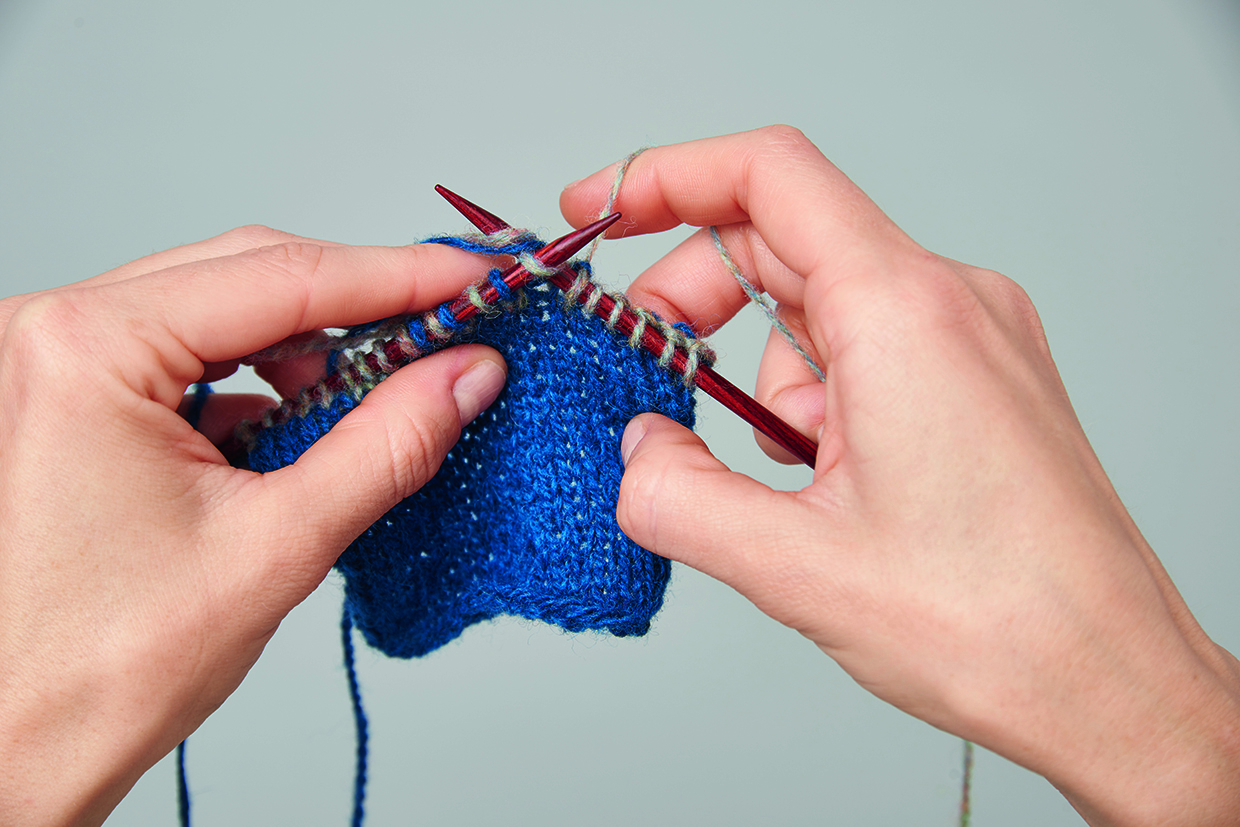In our sister masterclass, we examined ways to weave in yarn ends. In this post, we take a look at methods of joining in new yarn during your knitting, to leave you with fewer of those pesky threads to sew in when you’re finished!
One of the general ‘rules’ we’ve probably all heard is to never join in yarn in the middle of a row. But this theory doesn’t always work. What if you’re knitting in the round, for example, or your yarn breaks, or you’re happily knitting along until you come across one of those irritating little knots in your yarn?
Here, we suggest a few methods designed to neatly join in a new yarn while minimising sewing-up time. You'll find step by step guides to all three of these. We're showing short snippets under the introductions to the techniques below, but scroll lower for the full walkthrough guide for each how to join yarn in knitting step-by-step technique.
Looking for a crochet version? Check out our how to join yarn in crochet article.
The Felted ends technique
One of our favourite techniques is to felt the ends of the yarn. Sometimes referred to as ‘spit-splicing’, the idea is to moisten both old and new ends of yarn (using whatever method you are most comfortable with - water or spit) and felt the two ends into one, by rubbing your palms together and creating friction. Note that this technique will only work with yarns that are at least 70% wool; acrylic and cotton will not felt.

The Russian join
This join can be a little fiddly, but once you’re finished the ends are quite well hidden. Unlike the felted ends technique, the Russian join can be used with any fibre, so it is a good choice if you are joining in the middle of a row with a yarn type that won’t felt, and you want to minimise the amount of sewing in to do at the end.

The Twined knitting join
We like this join, although it will still require a little sewing-in once you’re done. The idea is that you alternate knitting with the old and new yarns for a few stitches to help secure them during the weaving-in stage. By using the twined knitting technique, the yarns will be held neatly in place on the wrong side of the fabric.


